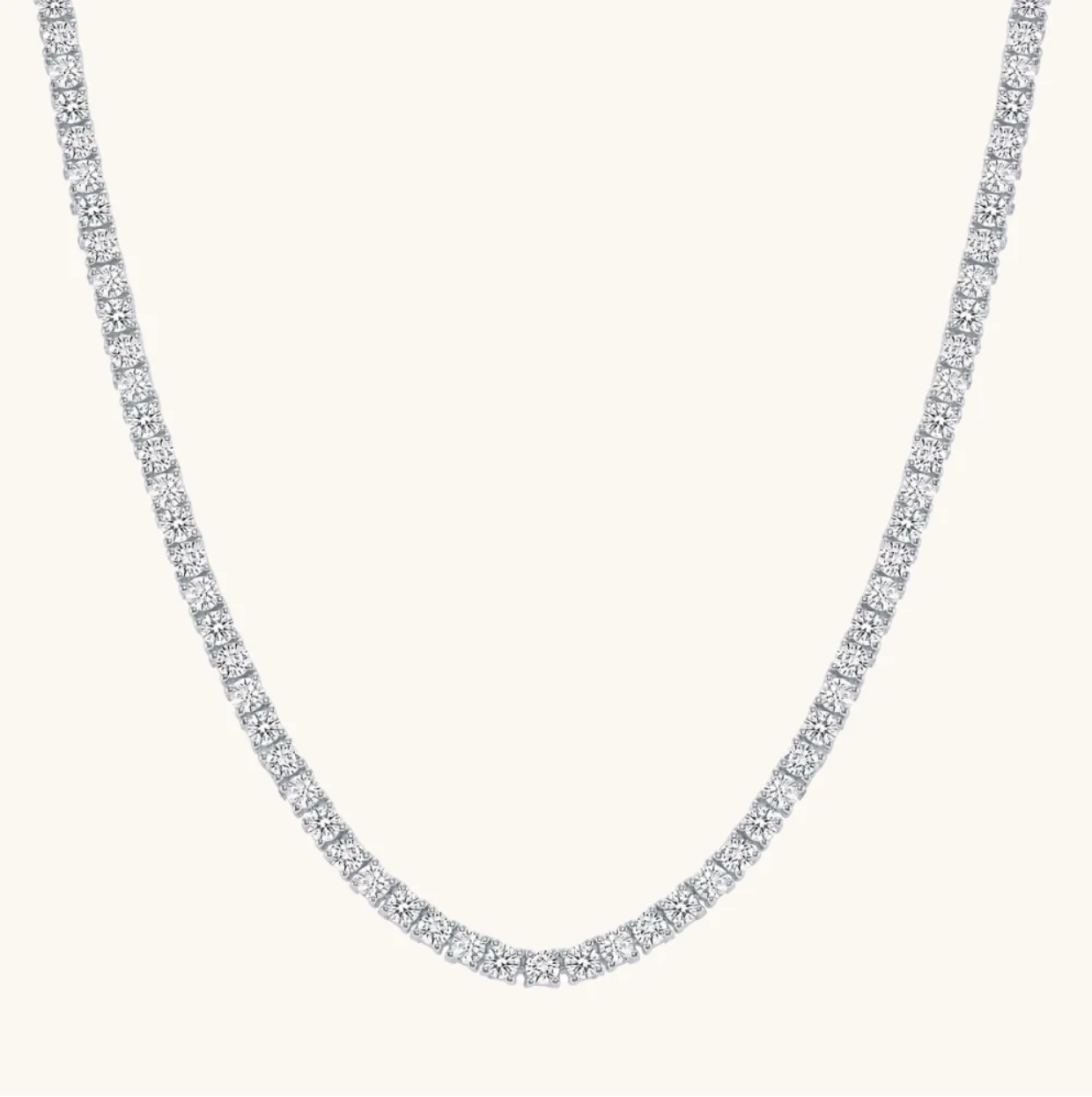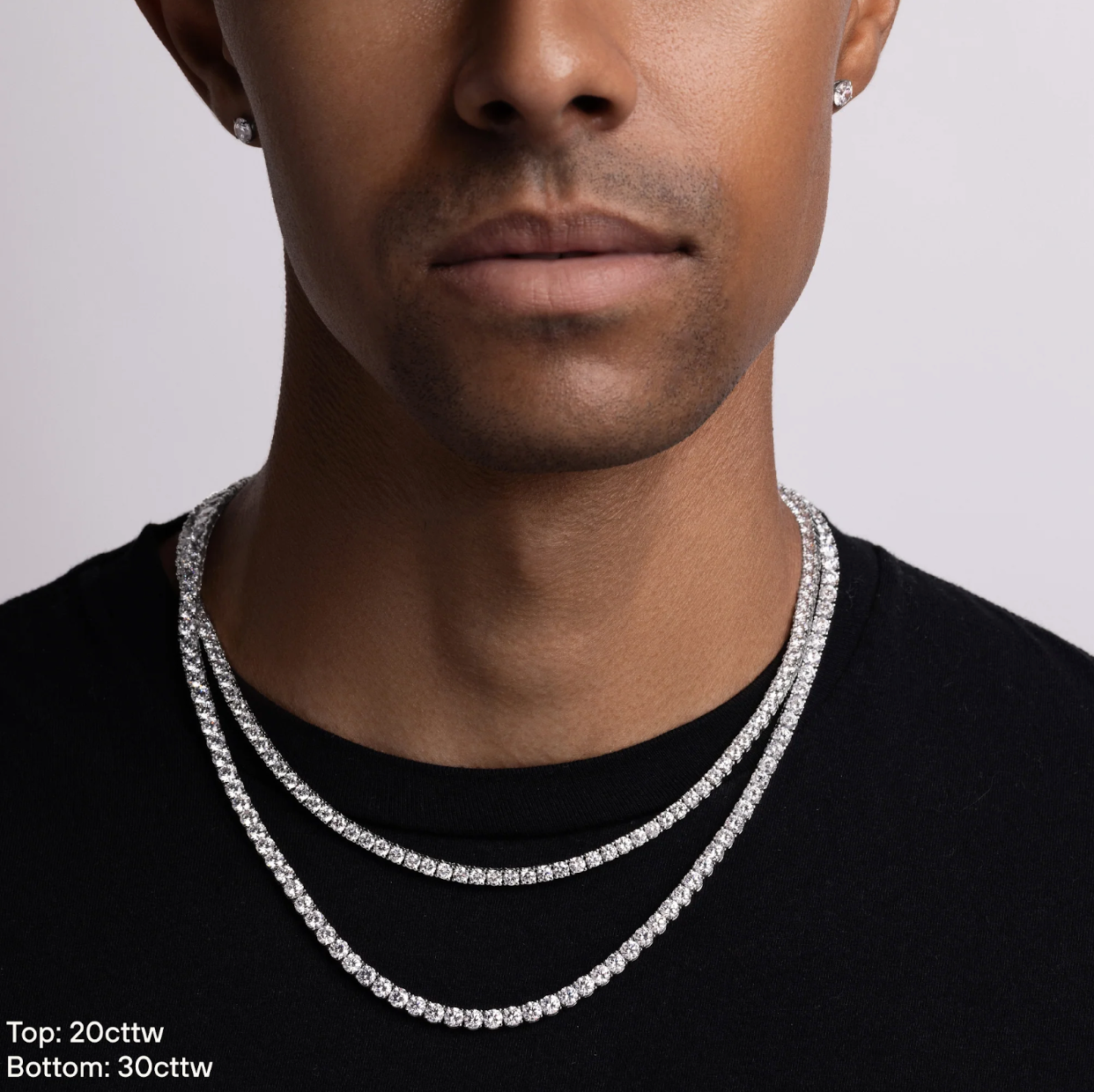For every high-end luxury good a consumer desires, there is a lookalike fake somewhere in the marketplace, whether it’s a copycat handbag modeled after a prestigious brand, a knockoff pair of sunglasses that mimic a sought-after style, or even a discount store sports bra that might pass for a coveted brand from across the gym.
Consumers with “champagne taste and beer budgets” sometimes purchase these goods to look like they are sporting the real thing, but can a fake diamond pass for the world’s most celebrated gemstone?
Read on to learn more about how to tell if a diamond is real with our expert advice below.
What Is a Diamond?
Before diving into the ins and outs of fake diamond detection, we will clarify what diamonds are and how they became the most prestigious gemstones.
A mineral composed of pure carbon, a diamond is the hardest naturally occurring substance on earth. Diamonds are carried to the earth's surface in magma or placer deposits. Because of their hardness, diamonds are used in industrial applications to cut other materials, in addition to their widespread use in jewelry.
Russia, Canada, South Africa, and Brazil are some of the main countries where diamonds are found, with very few found in the United States. However, the U.S. accounts for almost half of the demand of the global diamond market.
While the earliest mentions of diamonds in history date back to the 4th century BC, it was in the 1800s when diamonds became more widespread as a sign of opulence that extended beyond royalty.
Late in the 19th century, diamond mining increased significantly in South Africa, making these gems available to more people than ever before. Today they remain the most coveted gemstones and are the ubiquitous choice for engagement rings and other special occasion jewelry.
Ask the Experts: How to Spot a Fake
A professional gemologist is your best source for determining whether your diamond is real. They are specially trained, and experts in all things diamonds (as well as other gems), and this type of evaluation can bring you certainty about the diamond in question.
One important point to consider is that not all jewelers or jewelry appraisers are certified professional gemologists. A seasoned jeweler or appraiser will have skills and expertise in evaluating and testing diamonds; however, you should always confirm credentials, especially if the diamond in question is of significant value.
An expert evaluation is ideal, but not everyone has the time, resources, or access to a gemologist. Sometimes, you may be curious about an old family heirloom piece, or perhaps you want to double-check before heading to the pawn shop to unload the diamond necklace from a high school boyfriend collecting dust in your jewelry box for 25 years.
In cases where you want to satisfy your curiosity at home, several reliable tests help you tell a real diamond from a fake.
How to Tell if a Diamond Is Real: Common Tricks and Tests
There are many simple ways to check diamonds at home to discern if your jewel is real or fake.
Test #1: Check Jewelry Markings
If the diamond in question is already mounted on a ring setting, that ring may hold important clues to help you determine whether the gem is real. Typically, a real diamond is only mounted on a high-quality setting, such as platinum, white gold, or 18K gold.
The inside of the ring will often contain markings indicating the metal used. Some common markings you might see on a ring include:
- 10K: This refers to 10-carat gold
- 14K: This refers to 14-carat gold
- 18K: This refers to 18-carat gold
- PT: This refers to platinum
- Plat: This refers to platinum
Additionally, you may find other numbers inscribed inside the ring. For example, 585, 770, 900, and 950 would all suggest that the ring was made of gold or platinum.
Remember that many heirloom rings could also be marked in other ways. For example, numbers inside the ring might have been inscribed to commemorate a wedding or engagement date or a special anniversary.
Inscriptions in a ring are not a surefire way to prove that a diamond is real, but they might provide enough assurance that you wish to take the piece to a professional gemologist for review.
Finally, a marking can confirm that the diamond is fake if the ring is inscribed with “CZ,” which stands for cubic zirconia.
Test #2: Send Your Stone for a Swim
If you are evaluating a loose diamond to determine if it is real, drop it in a glass of water for an easy way to test it.

The density of a real diamond is high enough that the gem will sink once dropped into water. A fake diamond, on the other hand, will float.
Test #4: Light Up Your Diamond
Another method for testing diamonds involves UV light, though it does not always produce accurate results.
Generally, if UV light is directed at a real diamond, it will glow blue because of the presence of nitrogen in the stone. This is not true for all diamonds, though as not all diamonds have fluorescence. While a blue glow will assure you that the gem in question is authentic, the absence of a glow will not necessarily prove that the stone is fake. You would need to have it analyzed by a certified gemologist to be sure.
Test #5: Use Your Breath
Another easy trick for evaluating diamonds at home is by using your own breath to create fog on the diamond. Real diamonds, because of their extreme density, can dissipate heat rapidly.
Once you have created this fog with a puff of air, if it disappears quickly, this suggests the diamond is, in fact, real. On the other hand, if it takes at least a few seconds before the fog on the diamond disappears completely, this suggests the diamond is fake.
Test #6: The CZ Comparison
If you have a cubic zirconia stone at home, you can also compare a diamond to it as another method for evaluation.
While this is not necessarily what would be considered a scientific method, you will compare the way each stone sparkles. Holding each one under the lamp's light lets you observe what happens when light reflects off them. Diamonds are extremely sparkly whereas CZ’s do not reflect light as well.
Genuine diamonds produce bright, shimmery light and colorful reflections when held next to a light source. A cubic zirconia will produce significantly less shimmer and sparkle, so a comparison may yield another way to evaluate whether your gem is real.
Lab Produced Diamonds: Are They Fake?
One of the most common questions when it comes to analyzing real diamonds versus fakes is whether or not something produced in a lab can be considered a real diamond.
The difference between mined diamonds and those grown in a lab boils down to timing: the former is the result of pressure occurring in the earth's crust over millions of years, while the latter is created in the same circumstances (i.e., the same pressure) but only takes a few months in a controlled lab setting.
Lab produced diamonds have the same physical attributes as diamonds that are mined, and they, too, can be certified by gemologists. The primary difference between the two, which is not visible to the naked eye, is that a mined diamond will contain a small amount of nitrogen, whereas a lab produced diamond will not.
Lab diamonds have grown increasingly popular thanks to the difference in price: a lab diamond can cost a fraction of the price compared to a mined diamond.
Final Thoughts on How to Tell if a Diamond Is Real
When determining a diamond's authenticity, there is no substitute for a professional certified gemologist. When in doubt, let an expert evaluate your stone with careful, scientific methods that can be relied upon for accuracy.

The tricks and tests outlined above are handy for use at home for those who are simply curious, but if resale is in question or you need to appraise the jewelry for insurance purposes, you need to contact a certified gemologist to be sure.
A professional evaluation of your gem will give you peace of mind and help you better understand how to clean, store, and insure the jewelry in question.





Share:
What Are Inclusions in Diamonds?
Top 3 Engagement Ring Settings and Styles